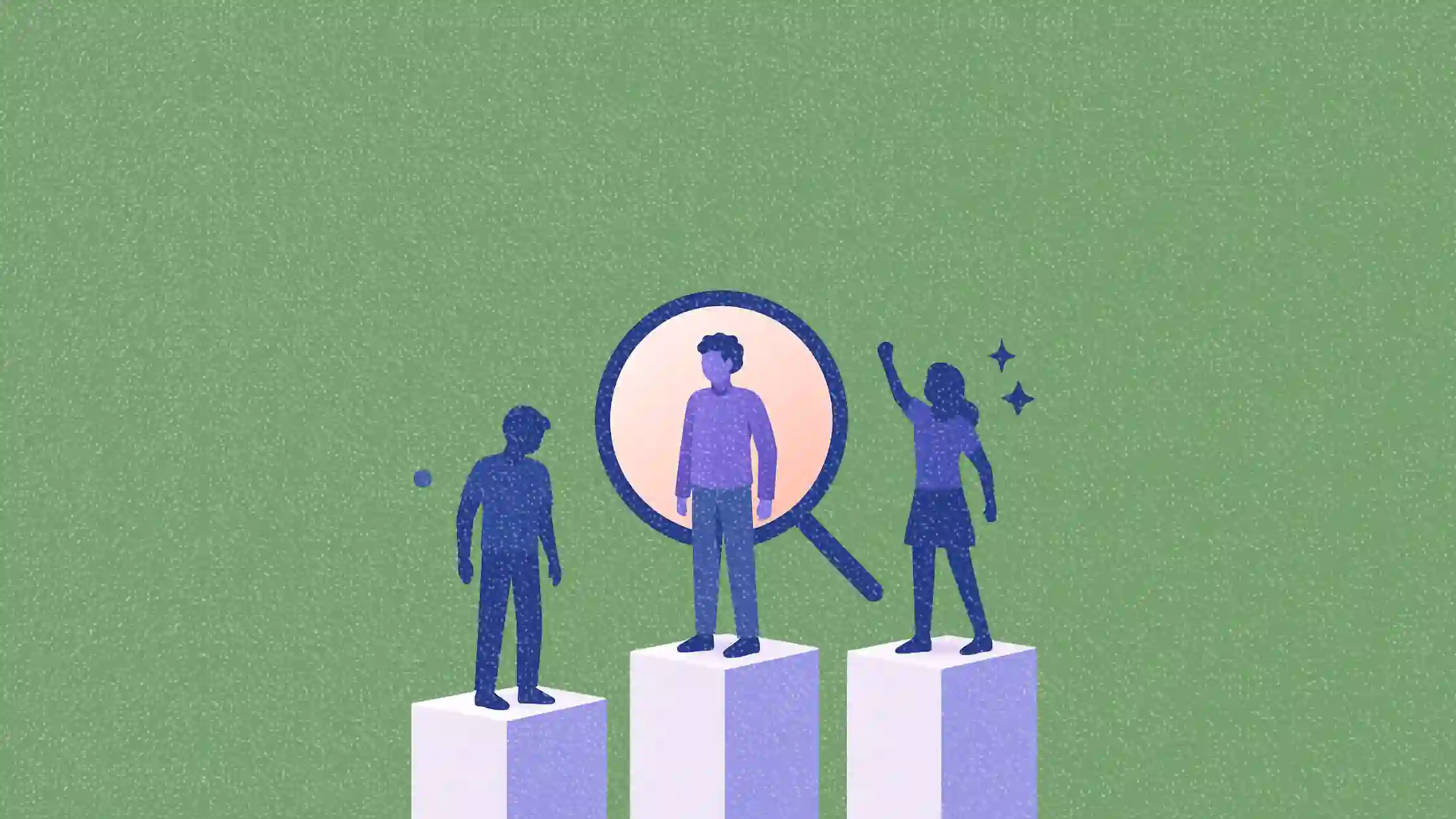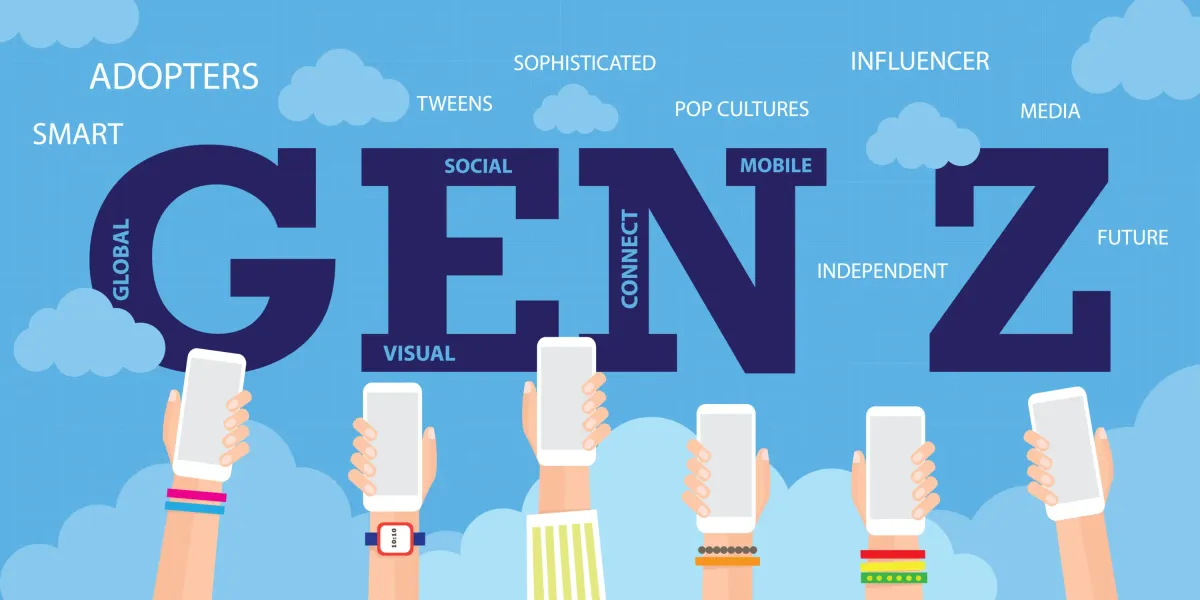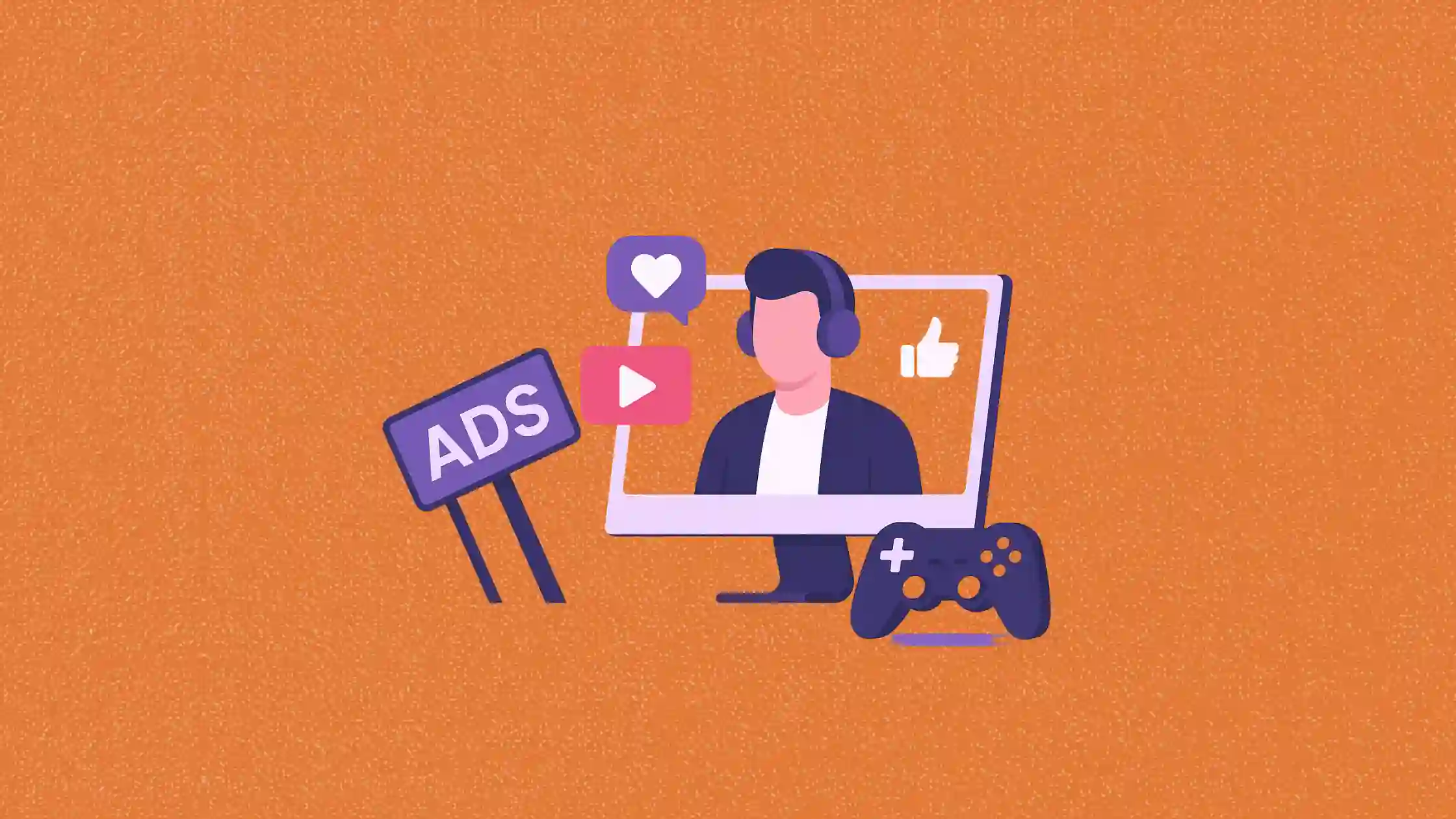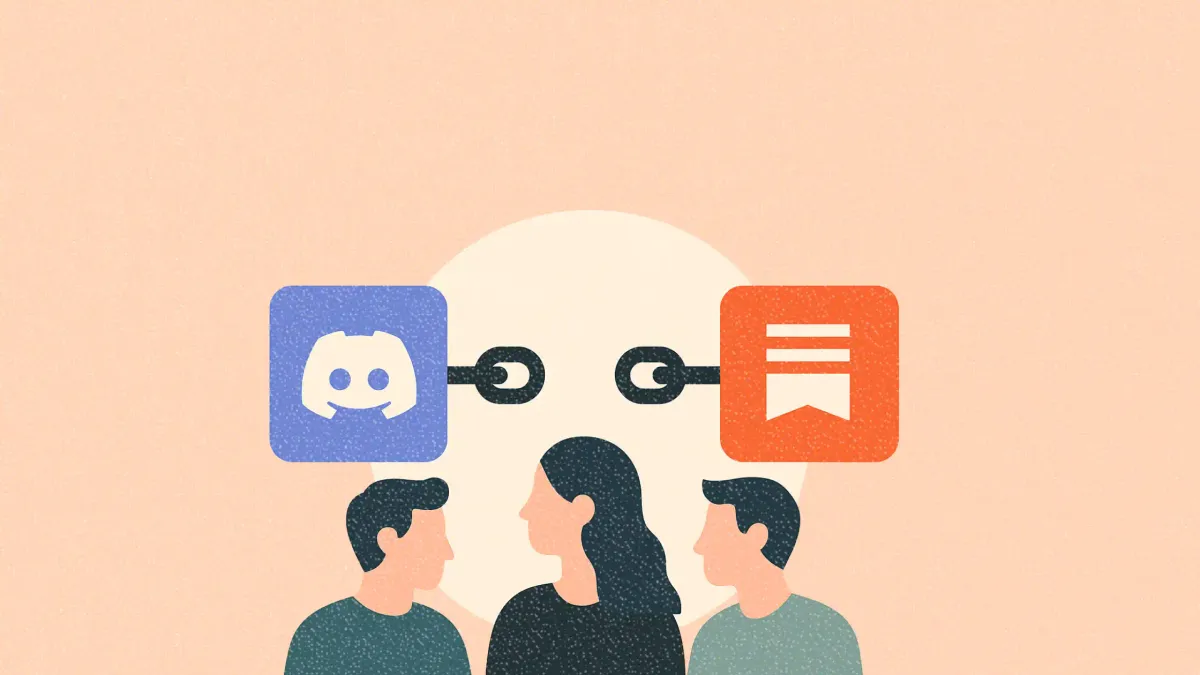Why are mid-tier influencers getting left behind?
Explore why mid-sized creators are being left behind and what it means for monetization in 2025.

The creator economy is booming, at least on paper. Valued at US$250 billion in 2024 and projected to reach US$1.49 trillion by 2034, it's easy to think everyone with a ring light and a niche is cashing in. But that growth story comes with a catch: most creators aren't seeing the upside.
While platforms like TikTok, YouTube, and Twitch continue to onboard millions of new creators, the money isn’t keeping pace. Brand budgets are flat, ad revenue is fragmented, and monetization tools often reward only the extremes with either the biggest names or the smallest, most loyal niches. That leaves one group in a particularly tough spot: mid-tier creators.
This article explores the mounting challenges facing mid-sized influencers and why their struggle should be on every marketer’s radar.
Short on time?
Here’s a table of contents for quick access:
- Rise of the creator class
- Monetization is fragmented
- The squeezed middle
- Who’s winning in the current model
- What’s next: how mid-tier creators can adapt

Rise of the creator class
The creator boom is real and massive. There are now an estimated 207 million creators worldwide, yet fewer than 2% have over 100,000 followers. Even more telling: only 5% are full-time professionals. The rest are side hustlers or hobbyists hoping to level up.
Platforms have lowered the barrier to entry. TikTok makes virality feel accessible. AI tools like KLAP and QuickSubs make it possible to produce polished short-form videos without a studio. Even Roblox, once thought of as a kids’ game, paid out US$923 million to creators in 2024, with that number expected to pass US$1 billion in 2025.
But this flood of new creators means competition is tighter than ever. There are more people vying for attention and ad dollars than the ecosystem can reasonably support.

Monetization is fragmented
Creators monetize in many ways: platform ad revenue, branded content, subscriptions, tips, merch, affiliate deals, and creator funds. But only a few earn real money. About 96% of creators earn less than US$100,000 a year, and a third make under US$5,000.
Here’s what that looks like in practice:
- Patreon creators average ~US$1,000/month.
- Twitch streamers bring in about US$250/month.
- TikTok reportedly pays ~US$0.02 per 1,000 views.
And while revenue diversification is rising, affiliate, merch, and tipping revenues have tripled since 2021. Most of these options still favor creators with either massive scale or hyper-niche audiences.
Brand budgets haven’t kept up with the creator supply either. With so many options, marketers are shifting spend toward mega-creators who offer bigger reach per dollar or toward micro-influencers with loyal, high-converting audiences. That dynamic leaves mid-tier creators without a clear edge.
The squeezed middle
Mid-tier creators are typically defined as having 50,000 to 500,000 followers and are in a precarious spot.
They’re not famous enough to land six-figure brand deals, but they’re also not niche enough to monetize through community loyalty alone. The result? They're fighting for scraps in a market that’s increasingly polarized between superstars and specialists.
Brands, meanwhile, are pushing spend either up or down the funnel. Many marketers now favor micro-creators for retention campaigns and community engagement, while pushing awareness budgets toward celebrity-scale names. Mid-tier creators often find themselves in the “growth grind” where they are pushing out content daily without the stability or recognition of either end of the spectrum.
Despite delivering some of the best ROI in retention and engagement, mid-tier creators are being overlooked in favor of volume or virality.

Who's winning in the current model
At the top, the numbers are staggering. The top 50 creators earned a combined US$720 million in 2024, with MrBeast alone taking home around US$85 million.
Meanwhile micro-creators, with fewer than 50,000 followers, are making the most of their niche audiences. Platforms like Substack, Discord, and Patreon have made it easier for them to monetize directly, and brand deals increasingly reward those with highly engaged communities, even if they’re small.
This two-tier system is also reflected in where platforms place their bets. Algorithms tend to amplify mega-creators to keep users hooked, while monetization tools like tipping or paid communities work better for loyal micros. The middle gets algorithmically and financially lost.
Yet the economics of attention are shifting. Creator-platform ad spend is set to surpass traditional media’s US$235 billion total in 2025. Creators themselves are projected to earn US$185 billion directly which is a 20% increase year-over-year. But unless platform payout structures evolve, much of that increase will bypass the mid-tier altogether.
What's next: how mid-tier creators can adapt
For creators stuck in the middle, survival means getting strategic. Here's what’s working:
- Diversify income: Many mid-tier creators are expanding into courses, live events, affiliate programs, and membership communities.
- Build direct relationships: Platforms come and go, but an email list or Discord server is a durable asset. Tools like Substack and ConvertKit offer monetization that doesn’t depend on algorithms.
- Use AI to scale smart: From captioning to content repurposing, creators are using tools like KLAP to maintain output without burning out.
- Push platforms to do better: Some platforms are adapting. Substack now offers recommendation algorithms favoring smaller writers, while Patreon has expanded analytics and monetization features aimed at creators under US$100K/year.
Examples of resilience are already emerging. African creators on TikTok and YouTube are building sustainable models via local brand partnerships, affiliate programs, and merch despite lower ad revenue per view. And on Roblox, over 100 games generated US$1 million+ each in 2023, many from solo or mid-sized developers.
The creator economy is growing but not evenly. While top and bottom players find ways to win, mid-tier creators are getting edged out by algorithms and budgets that no longer favor the middle.
For marketers, this imbalance represents both a warning and an opportunity. If you're overlooking mid-tier creators, you might be missing some of the best value in the space. But helping this segment thrive may require rethinking how we budget, measure influence, and build community around content.






